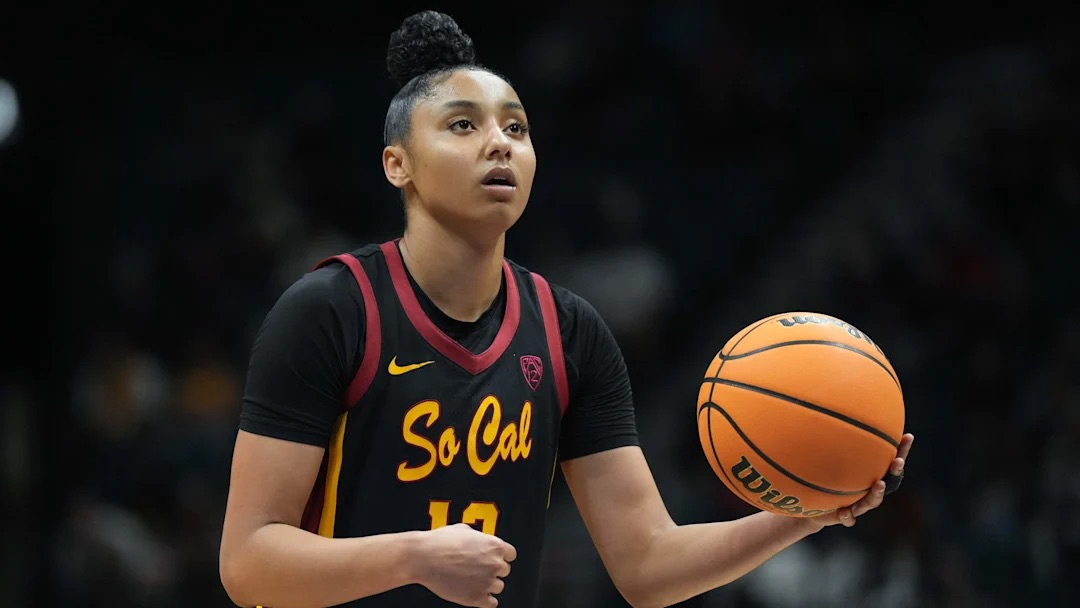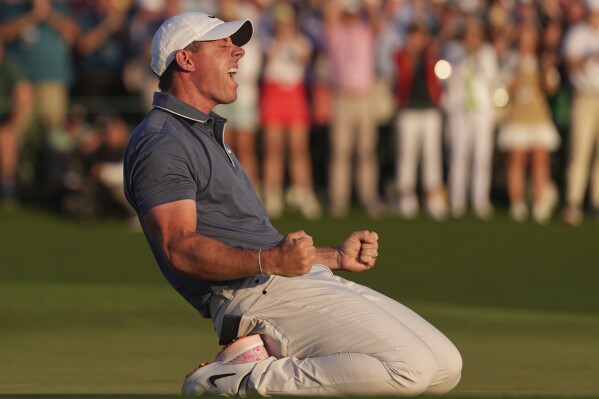On March 24, two rounds into March Madness, award-winning guard JuJu Watkins sustained a season-ending ACL tear. Watkins, recipient of the 2025 Naismith and John Wooden Award, and first-team All-American, led the University of Southern California (USC) to the tournament as the number one seed; . However, in the final minutes against Mississippi State, Watkins’ injury catapulted into a devastating and unexpected loss for the USC Trojans in the Elite Eight round. Basketball fans everywhere were devastated for Watkins, knowing the severity of the injury. The sophomore received an outpouring of support from WNBA stars like Caitlin Clark, Angel Reese and Aliyah Boston (Yahoo Sports). Unfortunately, Watkins is nowhere near the first — or last — female star to be sidelined by an ACL tear. A Northwestern Medicine article reports that female athletes are an estimated two to eight times more likely to tear their ACLs than male athletes. However, the deficit in research focused on female athletes means there is a hole in our understanding of the relation between sex and sports-related injuries.
Injury is part of the risk of playing a sport, especially at higher levels. According to Utah Medicine, ACL tears in particular can occur if there is a change in direction, sudden stop in movement, an incorrect landing or a collision (Utah Medicine). Though these are common movements in many sports, a 2016 study in the Journal of Orthopedics found that compared to men, women tear their ACLs 3.5x more in basketball and 2.8x more in soccer. Watkins now joins a star-studded list of female athletes who tore their ACL during their career, including fellow basketball players, Sue Bird, Paige Bueckers and Cameron Brink; as well as soccer stars, Megan Rapinoe, Sam Kerr and Kristen Press.
One of the most disheartening aspects of ACL tears for athletes can be the treatment and recovery process that lies ahead. After the tear occurs, athletes most often need surgery —an ACL graft is the common procedure — and then the rehabilitation lasts a year (or more) — or more — before they can return to play. Although the immediate impact of Watkins’ injury was the end of her 2025 season, many were quick to point out that she will likely miss a portion of her junior season. A promising aspect of ACL injuries when contrasted with others is that many great athletes have made full comebacks following the repairing surgery. Nonetheless, the duration of the rehab and the mental setbacks of such a serious injury are an athlete’s worst nightmare.. With the increasing popularity of both basketball and soccer for young girls, it is likely that ACL tears will continue to be a serious problem for female athletes specifically. To combat this issue, more resources need to be poured into injury prevention at all levels of play.
Initial research has attempted to understand the reason female athletes experience ACL tears at such a disproportionate rate. Studies such as one conducted by Johns Hopkins Medicine point to anatomical differences as the reason. Factors such as women’s quad to hamstring ratio being higher or the duration in which their leg muscles fire have also been mentioned. Additionally, it is more difficult for female athletes to put on muscle that supports the knee, meaning the joint is usually looser than men’s. Assertions have also been made that the difference is due to female sex hormones like estrogen, or even lack of core strength, but they are yet to be proven (Journal of Orthopedics 2016). This field of research remains limited as the first study on men’s ACL tears was published in the early 1900s, while research focusing specifically on women did not begin until the 1990s.
In 2024, Harvard Professor Sarah Richardson published a study exposing the bias within existing ACL research. She pointed out that ACL studies often use metrics that are inconsistent across men’s and women’s athletics due to a difference in resources. For example, women spend more time in active competition because they typically have smaller rosters. This is opposed to men’s teams, which have the personnel to invest into more practice time, which can aid injury prevention. Richardson also noted differences in funding, saying that “Expenditures on collegiate Division I men’s sports in the USA are double that of women’s sports, including substantial differences in resources for recruiting, scholarships and coaches’ salaries.” More money is poured into ACL tear prevention training, pre and post-game recovery, and overall sports medicine in male programs. The difference in resource allocation may be a huge factor in gender-based ACL tears.
The tragic timing of JuJu Watkins’ ACL tear is yet another reminder that women’s sports need to be invested in just as much as men’s. If genetic differences truly do account for disproportionate ACL tears in female athletes, then there needs to be more research to understand and address them. Furthermore, resources for college and professional programs need to be distributed fairly in order to improve the quality of play for female athletes. Every player should be able to compete in their sport without the looming threat of a life-altering injury.
Contact the editors responsible for this story: Julee Sharma, Finley Tipton, Katie McCabe




